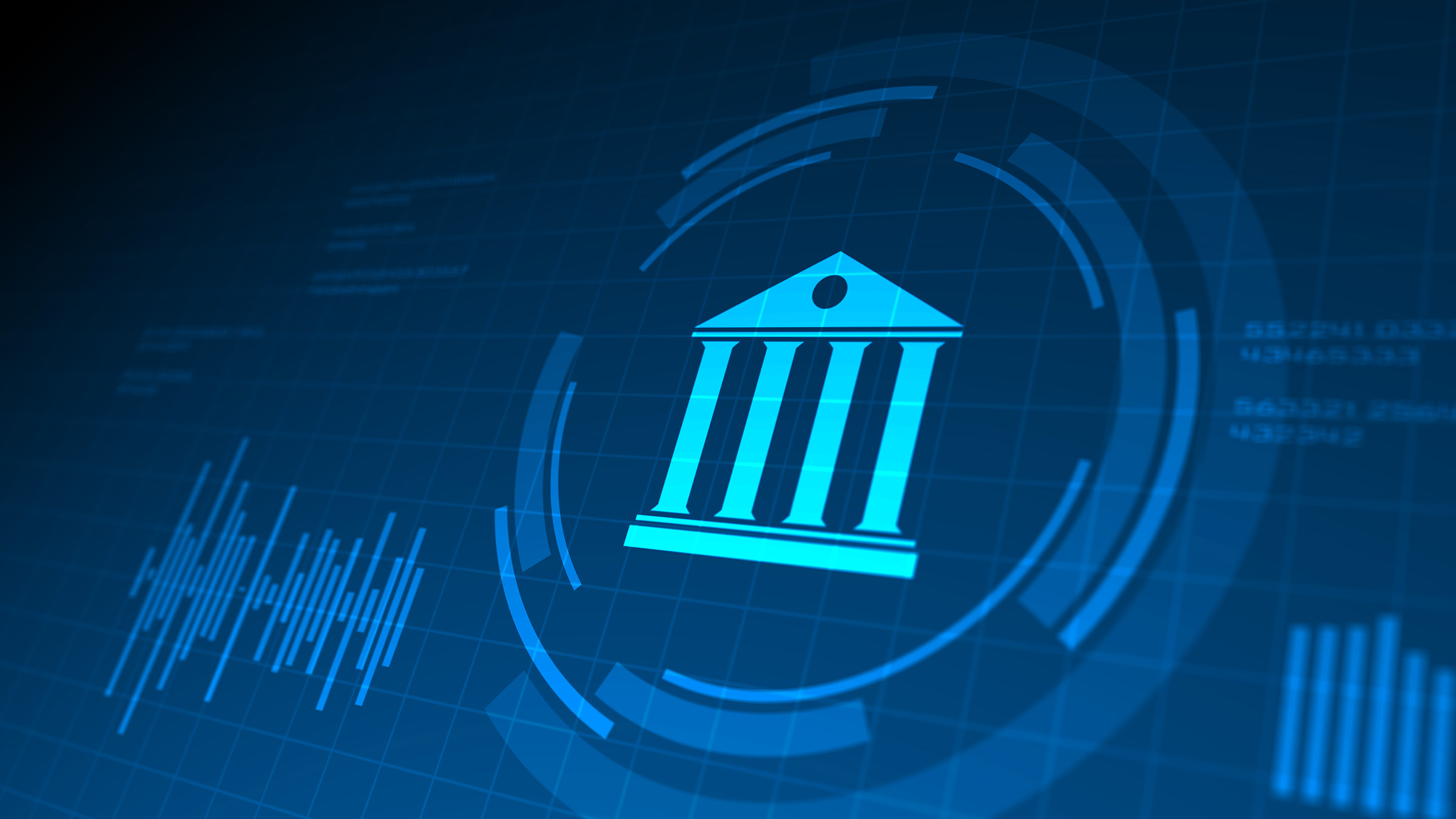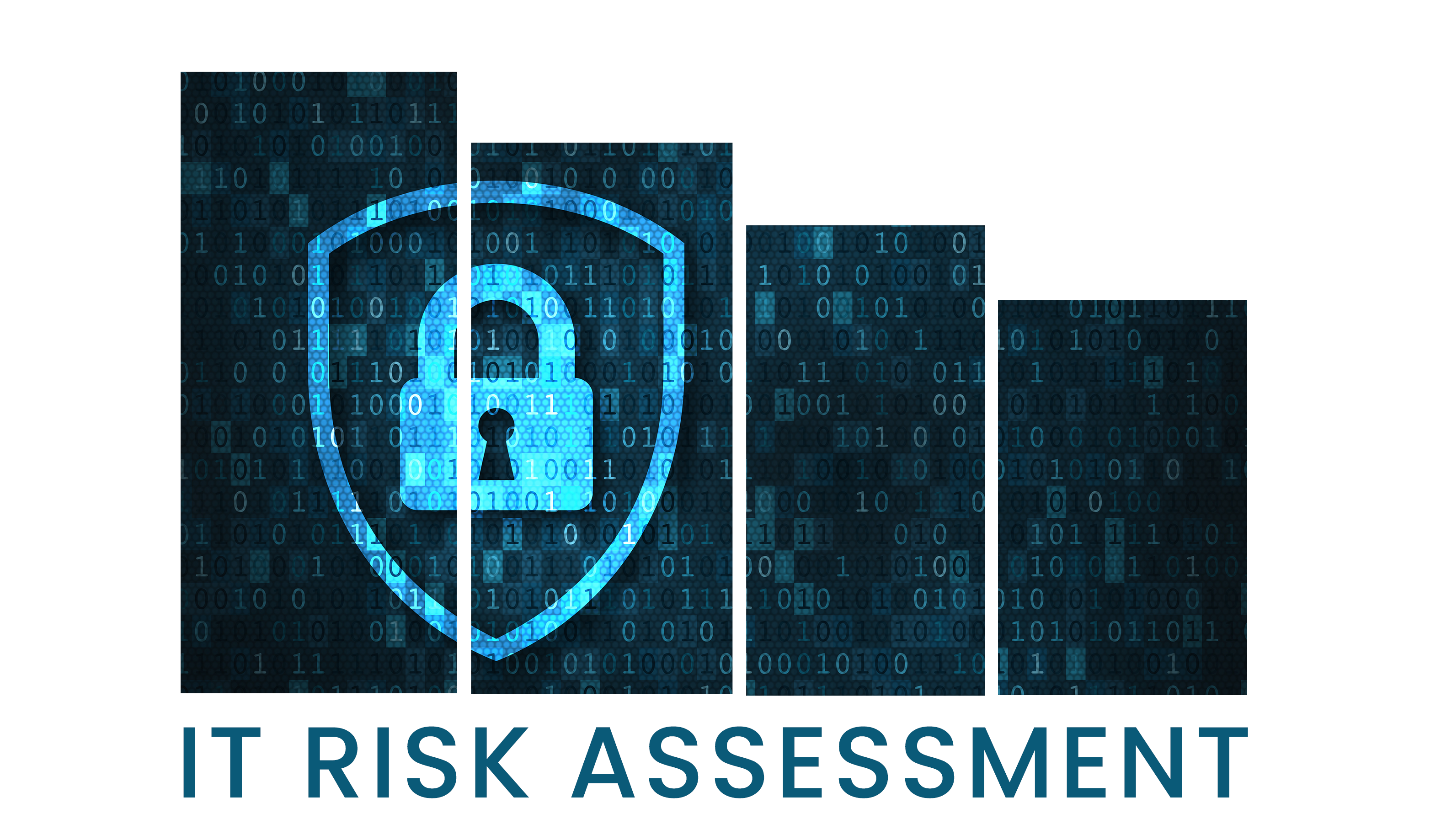Why FinTechs Need IT Risk Assessments & Compliance
Financial technology companies, more commonly referred to as FinTechs, face many threats from a wide variety of sources. If you understand the...
4 min read
 Lucas Hathaway
:
21 Aug 2023
Lucas Hathaway
:
21 Aug 2023

Welcome to our in-depth blog series, "Cybersecurity in 2023: The 5 Principles For Financial Institutions."
In today's fast-paced digital landscape, where information travels at the speed of light, the importance of cybersecurity in financial institutions cannot be overstated.
Cybersecurity professionals play a pivotal role in safeguarding sensitive data from cyber threats, much like sentinels guarding the gates of a castle. As we embark on this journey, we'll explore how cybersecurity impacts financial institutions, the rising challenges they face, and the principles that can help mitigate risks effectively.
Get the 40+ page ebook and learn the 5 principles that will streamline and simplify your cybersecurity management
In this digital age, cybersecurity stands as a vital line of defense against an ever-evolving array of cyber threats. However, the work of cybersecurity professionals often goes unnoticed when everything is functioning smoothly. It's akin to the role of doormen at a nightclub—striving to prevent trouble while ensuring a seamless experience for everyone. Yet, when breaches occur and make headlines, it's often considered a failure. It's important to realize that the cybersecurity landscape is complex and constantly changing, making it a challenging domain to navigate.
As we delve into this series, it's crucial to understand the variety of threats that financial institutions face in the digital realm. Cybercriminals employ tactics such as ransomware, payment fraud, corporate espionage, intellectual property theft, and disinformation campaigns to exploit vulnerabilities. These threats have surged in recent years, leading to significant financial losses for individuals and businesses alike. A noteworthy example is the FBI's Internet Crime Complaint Center, which recorded an all-time high of nearly 847,376 complaints in 2021, with potential losses nearing $7 billion.
Get the 40+ page ebook and learn the 5 principles that will streamline and simplify your cybersecurity management
The financial implications of cybercrime are staggering. In 2021, global losses due to cybercrime damages reached an astonishing $6 trillion, with financial losses from cyberattacks estimated at around $190,000 per second. Collectively, cybercrimes exact a toll of approximately 0.8% of the world's GDP. These numbers underscore the urgency of addressing cyber threats and building robust cybersecurity measures.
While the cybersecurity field strives to defend against cybercriminals, the reality is that these perpetrators often remain elusive. The World Economic Forum's estimation that the likelihood of detecting and prosecuting cyberattack perpetrators stands at a mere 0.05% in the United States speaks to the challenges in this realm. The perception that cyber threats are isolated to certain sectors is outdated, as the focus has shifted to small and medium-sized enterprises (SMEs). Surprisingly, more than half of all cyberattacks target these smaller businesses.
The constant influx of security alerts poses another significant challenge. According to Cisco, approximately 16% of organizations receive over 100,000 security alerts daily. This overwhelming volume places immense pressure on security teams, demanding quick and accurate responses. Additionally, the fallout from breaches is severe—nearly six out of ten SMBs that suffer a data breach or cyberattack fold within just six months. This emphasizes the need for robust cybersecurity preparedness.
As technology advances, cybercriminals are quick to adapt, using artificial intelligence to amplify the scale of their attacks. The proliferation of the Industrial Internet of Things (IIoT) further broadens the attack surface, as IoT devices saw a staggering 300% increase in hits in 2019. The impending widespread deployment of 5G technology will only exacerbate this issue, posing challenges in securing these interconnected devices.
An ongoing challenge within the cybersecurity industry is bridging the gap between technical and business aspects. Often viewed as a compliance-driven endeavor, cybersecurity struggles to gain recognition as a strategic investment. This perception results in a tendency to merely fulfill regulatory requirements. The crux of the matter lies in aligning the perceived threat with the actual risk posed by cyberattacks.
In this series, we'll delve into five principles that financial institutions can adopt to bolster their cybersecurity stance. These principles provide a framework for building a resilient cybersecurity program that not only aligns technical and business aspects but also embraces the changing landscape. The future of cybersecurity is a mix of challenges and opportunities, and by equipping ourselves with the right strategies, we can enhance our ability to protect our digital world effectively. Stay tuned for forthcoming articles where we will explore each principle in-depth.
Get the 40+ page ebook and learn the 5 principles that will streamline and simplify your cybersecurity management
Single Pane of Glass: The era of fragmented cybersecurity processes is drawing to a close. The first principle encourages the creation of a unified view of cybersecurity, enabling professionals to monitor and manage all aspects from a single vantage point. This shift eliminates silos and offers a comprehensive perspective that enhances decision-making and response.
Focus on Jobs to be Done: In a world dominated by compliance checklists, this principle advocates a shift in focus from compliance to outcomes. By concentrating on achieving specific objectives and results, organizations can streamline their efforts and avoid the pitfalls of box-ticking complacency.
Real-Time Updates: The velocity of cyber threats demands real-time awareness. This principle underscores the importance of up-to-the-minute information to detect and respond swiftly to emerging threats. Real-time updates empower cybersecurity teams to stay ahead of the curve and fortify defenses.
Meaningful Metrics and Reports: The adage "what gets measured gets managed" holds true for cybersecurity as well. This principle advocates the use of metrics and reports that offer actionable insights, enabling leaders to make informed decisions. Moving beyond vanity metrics, organizations can now gauge their cybersecurity posture effectively.
Integrate and Automate Everything: As cyber threats become increasingly intricate, manual efforts fall short. This principle urges organizations to embrace automation, integrating various cybersecurity functions for seamless collaboration. Automation not only reduces the burden on professionals but also minimizes human error and accelerates response times.
In our next installment, we will explore the first principle: "Single Pane of Glass"—a concept that offers a holistic view of cybersecurity functions. This principle aims to streamline and simplify cybersecurity management, creating a unified approach to combating cyber threats.
Join us as we unravel the intricacies of this principle and its implications for financial institutions in the modern age.
Get the 40+ page ebook and learn the 5 principles that will streamline and simplify your cybersecurity management

Financial technology companies, more commonly referred to as FinTechs, face many threats from a wide variety of sources. If you understand the...

1 min read
Here are the key takeaways from this blog: Annual Compliance Requirement: The FedLine Assessment is an annual requirement established by the Federal...

1 min read
Here are the key takeaways from this blog: IT risk assessments are foundational for financial institutions to proactively identify vulnerabilities,...